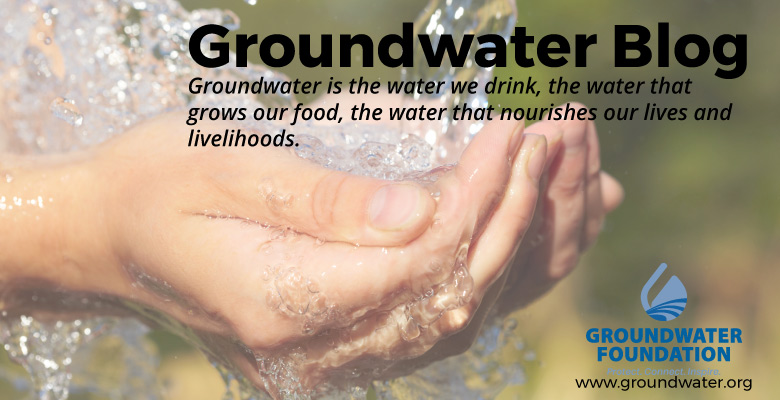Groundwater overdraft - what's happening in California and how the new legislation will impact it.
Pharmaceuticals and personal care products - impacts to groundwater.
Nitrate management - best practices to protect groundwater.
Fracking – the impacts, challenges, and potential protective actions.
Where can you discuss issues like these with
like-minded people?
At the "Community-based Groundwater Protection Forum" on Tuesday, October 7, 2014 in Las Vegas,
Nevada. People from all across the
country will share their community-based groundwater protection experiences in
the morning sessions. After lunch we will offer all attendees an opportunity to
be a part of the dialogue, sharing lessons learned, challenges they face, ways
to sustain their efforts, and get tools to organize their community to protect
groundwater.
Be sure to register today for
this educational event co-sponsored by The Groundwater Foundation and the Southern
Nevada Water Authority. For more
information or to register go to: https://groundwaterorg.presencehost.net/action/formulaforsuccess.html.
And, by the way, if you are headed out to the Water Smart Innovations conference, this forum is being held the day prior so plan to come a day early and learn about community-based action!
Thank you to our generous sponsors!
- Marshfield Utilities
- Mission Springs Water District
- National Ground Water Association
- Nelson Irrigation Corporation
- Orange County Water District
- Lee and Rita Orton
- Senninger Irrigation, Inc.
- Southern Nevada Water Authority


.jpg)


.JPG)